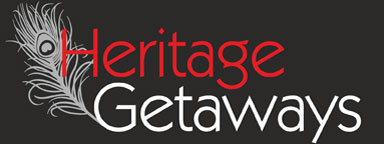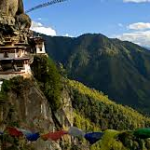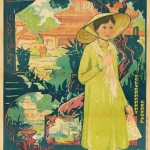Aoleang Monyu Festival, Mon, Nagaland
6 NIGHTS / 7 DAYS
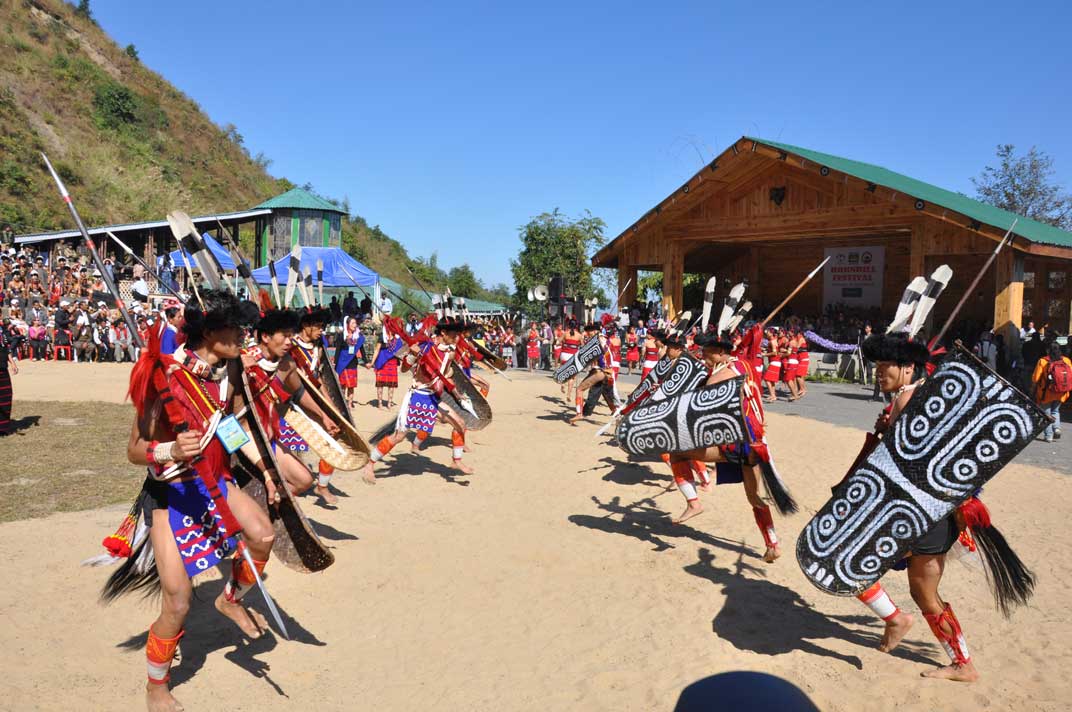
AOLEANG MONYU is the main festival of the Konyaks. It is celebrated every year in the spring season i.e. after the sowing of seeds. The festival lasts from 1st to 6th April. This festival is celebrated to ask for blessings from God “Yongwan” for a bumper harvest for the year. Young and old in traditional dresses and headgears decorated with feathers and wild boar tusks, accompanied with log drums chant folk songs and have a merry time with great feasting.
Day 01-30th Mar : Arrive Dibrugarh, Assam
Received at Dibrugarh airport and transferred to Mancotta/Chowkidinghee Heritage Chang Bungalow. Afternoon take a tea Walk around Mancotta Tea Estate. Evening enjoy a dance performance by an ethnic dance group on the bungalow lawns. Overnight at Mancotta/Chowkidinghee Heritage Chang Bungalow.
Dibrugarh is the gateway to the “Hidden Land” of Eastern Arunachal Pradesh and Northern Myanmar. The Ahoms from Thailand came through Northern Myanmar to this area in the 13th century to establish their Empire which thrived in the ancient land of Assam. It is the “Camellia” town of Upper Assam, an undisturbed haven, with its rich tea gardens resembling a lush green carpet. Experience and enjoy the richness of these tea gardens while staying at the Heritage Chang Bungalows. These are constructed on stilts and are situated in a serene atmosphere free from pollution.
When the British established their tea plantations in the mid-19th century they quickly built comfortable bungalows designed to make life as pleasant as possible in what, was to them, a hostile and strange land. One of the main features of these buildings has given rise to their name – Chang bungalows. Chang in the local language means “raised on stilts” and the design served multi purposes- to keep the house cool by allowing the breeze to blow underneath and to keep both water and animals out!
Bihu is the most popular folk dance of Assam. The people of Assam are very proud of its unique position among all other such dances of India. Except Bhangra (the popular folk dance of Punjab), no other folk dance in India can compete with the rhythmic exuberance of the Bihu dance. ‘Bihu’ performed by young men and women reflects youthful passion and joy rejuvenating life during the spring season, accompanied by songs woven around the theme of love and physical yearning. The dance is performed by all- irrespective of caste, creed and religion.

Day 02-31st Mar : Dibrugarh, Assam
Post breakfast, take a tea tour around a tea estate known for producing high quality CTC teas. Later we drive on to the river front and take a boat cruise on the mighty Brahmaputra river in a country boat (Subject to weather conditions). Cruise upto a beach island in the midst of the river. Enroute there is a possibility of your sighting flocks of migratory water birds and the elusive Gangetic River Dolphin. Enjoy the view of the Eastern Himalayas and take a nature walk in the vast expanse of grasslands surrounding the island. Enjoy your picnic lunch and the view of the Eastern Himalayas. Option to take a nature walk in the vast expanse of grasslands surrounding the island. Return to the mainland. Afternoon option to visit local market. Overnight at the Chang Bungalow.
A tea tour through a 157 years old heritage tea garden gives an insight into the different activities that vary from season to season. It teaches us all about tea- its origin, how it is grown, tea tasting and its quality. During the winter months the dormant bushes are pruned to ensure vigorous growth during the warmer months. Once the rains begin, and the temperature rises, the gardens come alive with teams of colourfully dressed tea pluckers, predominantly ladies as they are said to be better able to pluck the delicate buds and leaves. The harvest, which goes on continuously from March to November, is taken every day to the factory where it undergoes an age old process of being turned into the finished product. All stages of the process are carefully controlled to ensure that the tea that leaves the factory is only of the highest quality, a quality that has made Assam tea world famous.
CTC (Crush, Tear and Curl) tea is a method of processing tea. In this process the leaves instead of being rolled, are passed through a series of cylindrical rollers with hundreds of small sharp “teeth” that Crush, Tear, and Curl.
This style of manufacture has the advantage that the finished product brews quickly, gives a dark infusion rapidly, is well suited for tea bags, and yields more cups per kg. In the Indian domestic market, this type of manufacture has virtually taken over – over 80% of tea production is of the CTC type.
CTC teas produce a rich red-brown color when they are boiled, which adds a beautiful color to tea made in the Indian style. This is done by boiling leaves in a mixture of milk, water and sugar and some spices (producing Masala Chai). With this production method, the tea does not get bitter, and its red colour comes through the white of the milk.
Note: Visit to tea factory is subject to being operational on the day of the visit. There is no tea plucking between December till mid March and hence the actual manufacturing process of tea cannot be demonstrated when one visits the factory during this period. Factory also remains closed on Monday’s of the week.
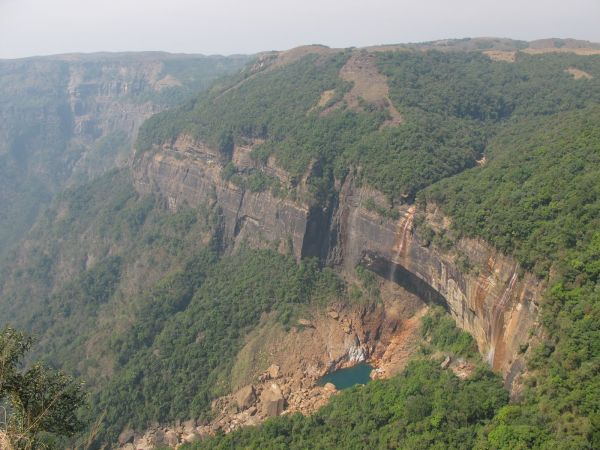
Day 03-01st Apr : Dibrugarh-Mon, Nagaland
After breakfast drive to Mon (160 kms/ 06 hrs) and check in at Paramount Guest House for 04 nights. Afternoon visit Chui Village inhabited by Konyak tribe and local market. Overnight at the guest house.
Mon– situated at an altitude of 897 metres above sea level, Mon is the home of the Konyak Nagas. Hereditary chiefs known as Anghs (Chief) rule the Konyak and the institutions of Anghship prevail only to the Konyak Naga tribe. It is interesting to see tattooed faces, wearing featured head gears and war traditional dresses. They are known for excellent wood carving, handicraft and blacksmither.
Chui village situated about 8kms away is known for preserving of much of its old world charm. One can see the mansion belonging to the Angh which stores hundreds of skull of animal stag fetched from hunting period. We also plenty of houses which are in traditional Knyak style with palm leaf roofing and the main pillars jutting out. The front side of their houses are decorated with horns of the buffalo.
Day 04-02nd Apr : Mon, Nagaland
Today we visit Hongphoi and Mon Village to witness the Aoleang Monyu festival.
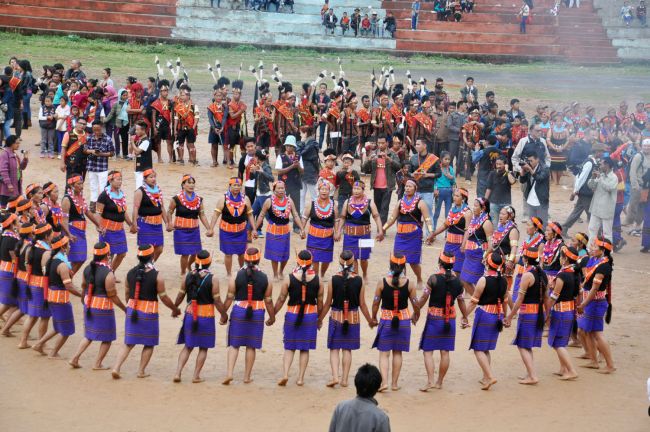
Day 05-03rd Apr: Mon, Nagaland
This morning drive to Longwa village to witness the festival which is a 57 kms / 02 hrs drive, One of the biggest villages in Mon district, the village straddles the international boundary between India and Myanmar with half of the Angh’s houses falling within India and the remainder in Burma. Enroute we visit Tang Village. Also visit Shengha Chingnyu Village. Later in the afternoon return to Mon.
Day 06-04th Apr: Mon-Dibrugarh, Nagaland
Morning witness Aoling festival at Mon Local Ground where local villages get together and celebrate the festival. Later in the afternoon drive back to Dibrugarh (160 kms/ 06 hrs) and check in at Mancotta/Chowkidinghee Heritage Chang Bungalow for overnight.
Day 07-05th Apr: Dibrugarh Fly out
Morning at lesiure. Later in time drive to Dibrugarh airport (20 kms/ 30 mins) to board flight for onward destination. End of services.
Social Share
